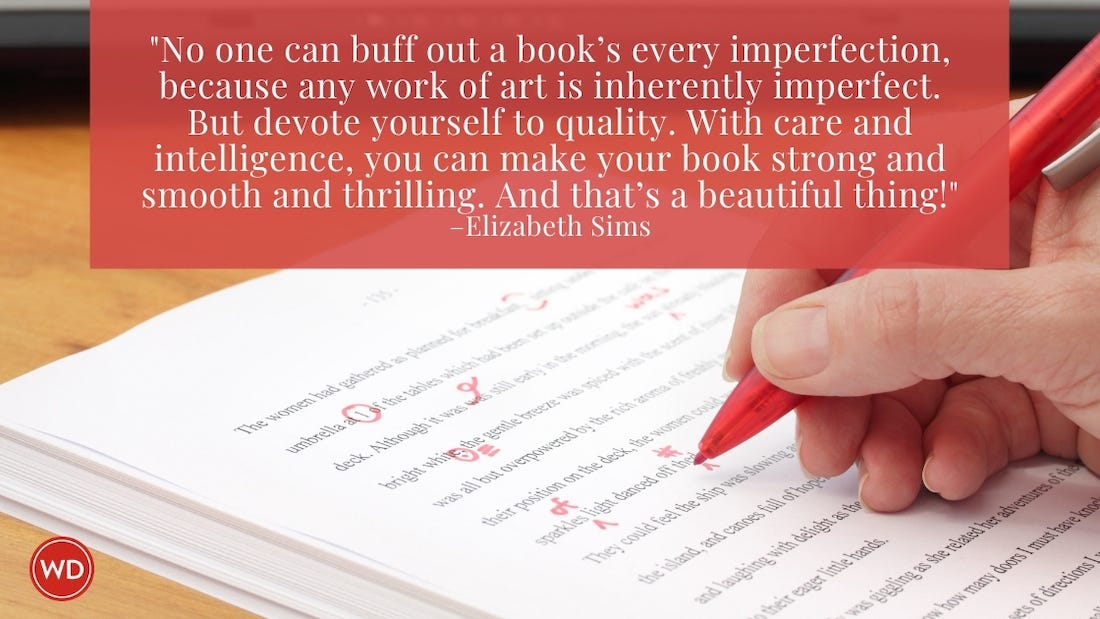Why Web Writing Must Get to the Point
It’s not just how short you write, it’s how much information you can pack into just a few words. Follow these six steps to great Web content.
Many Web writers cut too much while saying too little. For Web writing (and editing), short is not the point. Rather, making your point is the point.
The best-known rule about Web writing is that it should be very short—only half as long as a comparable print presentation. This notion traces back to an influential March 1997 article written by Web usability expert Jakob Nielsen, who instructed Web writers to "Write no more than 50 percent of the text you would have used in a hardcopy publication." (See www.useit.com/alertbox/9703b.html).
Nielsen based his advice on studies of how people used the Web—especially how people read online. At the time, usability studies showed that most people read text from computer screens about 25 percent slower than from a printed page. Visual obstacles such as screen resolution and refresh rates made the Web a relatively hostile reading environment.
Today, five years after Nielsen wrote his article, many of those barriers remain. Reading from computer screens is simply harder on the eyes. This doesn't mean, however, that people want less information from the Web. Actually, Web users often expect more information to be available online than in print.
Consequently, the true goal for Web writers is not to provide ultrashort content. Rather, Web writers should clearly state their most important points right at the top, and make the rest of the content easy to read and navigate. This allows readers to instantly grasp your basic message and also get additional information.
Yet one of the Web's great strengths is that you're not limited by space. If you really should provide a 10,000-word report or 50 pages of bibliographical citations, you can do that. Some online audiences truly want picky details or lots of background—as long as it's easy to reach.
Tight writing counts
It's always a mistake to publish sloppy, unfocused writing. It doesn't matter whether you're creating a printed brochure, an e-mail newsletter or a Web site—if your writing isn't tight, you'll lose your readers.
And, Nielsen's 50 percent rule can get put into practice in ways that actually diminish the quality of Web writing.
For instance, a rambling Web page about Grateful Dead history or about a company's warranty policy and procedures could easily be halved just by dropping lots of details. But this approach wouldn't necessarily serve the audience's needs: Grateful Dead fans are notoriously ravenous for information about that legendary rock band, and customers usually want to know exactly what their warranty covers and how to obtain replacement products. Plus, if the shortened text still features convoluted sentences and vague explanations, cutting details is pointless.
Six steps to great content
Here are some nonscientific but practical guidelines that may be more useful than the 50 percent rule:
- Understand your audience. You can't make your point if you don't know your audience. Before you write or edit any Web content, learn which groups comprise your target audience, and why they might be interested in what you have to say. Consider how much detail or context they will want or expect. Also keep in mind the tone or approach your audience considers appropriate.
- Hook your readers in three seconds or less. Craft a headline and first sentence that are explanatory without being dull. At first glance, readers should grasp what the page is about, and why it's relevant to them. Make your most important point immediately. Give people a solid reason to read the whole article.
- Inform your readers in 15 seconds or less. After your headline and lead, the first two paragraphs should provide an overview of the most important information and context contained in that page (or section). Consider this your "executive summary," a quick guide for people who might not read the rest of your content.
- Define your scope. Think carefully about which information your readers will realistically want. Reader feedback may help you decide which content should be added, removed or modified after initial publication.
- Organize intuitively. After your lead, structure the content so that one section flows easily into the next, or so that it's easy for readers to find what interests them. Work carefully with your Web designer to make sure that navigation devices and design elements make instant sense to your audience. Also, put the least scrolling or fewest clicks between your readers and whatever details they need.
- Tighten it up! Of course, all of your content, from start to finish, should be tightly edited. Before publishing online, navigate through your content the way a typical reader might. Does it make sense? Are there holes? Does it drag? Is it redundant? Can you find what you need easily?
This approach, while not as simple as the 50 percent rule, makes more sense in the real world of Web writing.
This article appears in the December 2002 issue of Writer's Digest.









